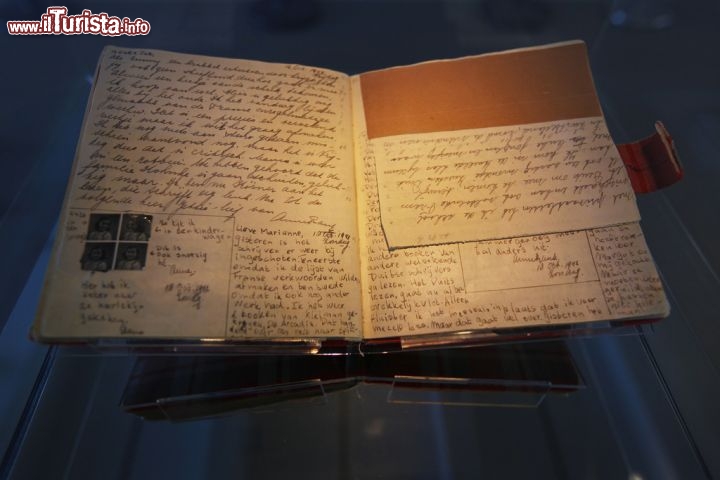

Likewise, John Berryman pointed to Frank’s “exceptional self-awareness and exceptional candor and exceptional powers of expression” in his 1967 essay, “ The Development of Anne Frank,” in which he also called the diary “the most remarkable account of normal human adolescent maturation I had ever read.”

In her 2009 book, Anne Frank: The Book, the Life, the Afterlife, Francine Prose looked closely at the diary as a literary work, marveling at the young writer’s adroit handling of character, detail, dialogue, monologue, and pacing. History no longer feels remote, and you start to understand not only how people faced the war, but how you might’ve faced the war while growing up. As her situation becomes more extreme-and her writings weave back and forth between devastating world events and the typical but adeptly expressed introspections of a teenager-you follow along and begin to grasp how a real, whole person experienced inexplicable events. Her early entries from home describe a familiar kind of daily life: friends, boys, school, family. Masterful as her writing is, her musings make you feel like you’re in her head and she’s in yours. On the other hand, Frank is also deeply relatable, especially for young readers. Folman seems acutely aware of the risks of translating Frank’s words into images, writing in his adapter’s note at the end of the book that “as the diary progresses, Anne’s talents as a writer grow ever more impressive … It seemed intolerable to forgo these later entries in favor of illustrations, and so we chose to reproduce long passages in their entirety, unillustrated.” But the adaptation’s selective, late shift to the text obscures the very development Folman describes and gives readers a limited view of Frank’s skills. On the one hand, she was a uniquely gifted writer and a remarkably astute observer of people and the world, capable and discerning beyond her years. Folman and Polonsky surely didn’t intend to replace the diary, but the shortcomings of the adaptation are illuminating in their way, and underscore what makes the original so potent.Ī panel from Anne Frank’s Diary: The Graphic Adaptation (Anne Frank Fonds Basel)Īnne Frank and her diary are special in seemingly contradictory ways. But passages like the one that reads, “We still love life, we haven’t yet forgotten the voice of nature, and we keep hoping,” are missing, and the girl who breathed dimension into an unfathomable history is flattened, her power diluted. The book’s carefully crafted images interpret elements of Frank’s story with beauty and humor. So it was both thrilling and disappointing to read Anne Frank’s Diary: The Graphic Adaptation, illustrated by David Polonsky and adapted by Ari Folman. As the events that shaped Frank’s short life slip further into the past, it’s heartening that her account continues to captivate new generations. Although hers is not the only such chronicle of war, or even this war in particular, it has proven its lasting impact and extraordinary reach with more than 25 million copies sold and translations into more than 70 languages in about as many years. After living for a year and a half trapped indoors in her father’s office building, the 14-year-old Anne Frank wrote of her longing to be a regular teenager who could go outside and “look at the world.” She expressed her envy of the people who enter the building “with the wind in their clothes and the cold on their cheeks.” Beyond the walls of the hiding place she shared with seven others in the heart of Amsterdam, the Netherlands and much of Europe were under Nazi control while World War II raged and Adolf Hitler’s regime sought to exterminate Jews and others it considered less than human.įrank’s diary became one of the most famous narratives of the Holocaust, and because it’s written from the perspective of a normal adolescent living under the most abnormal circumstances, it humanized war and genocide.


 0 kommentar(er)
0 kommentar(er)
